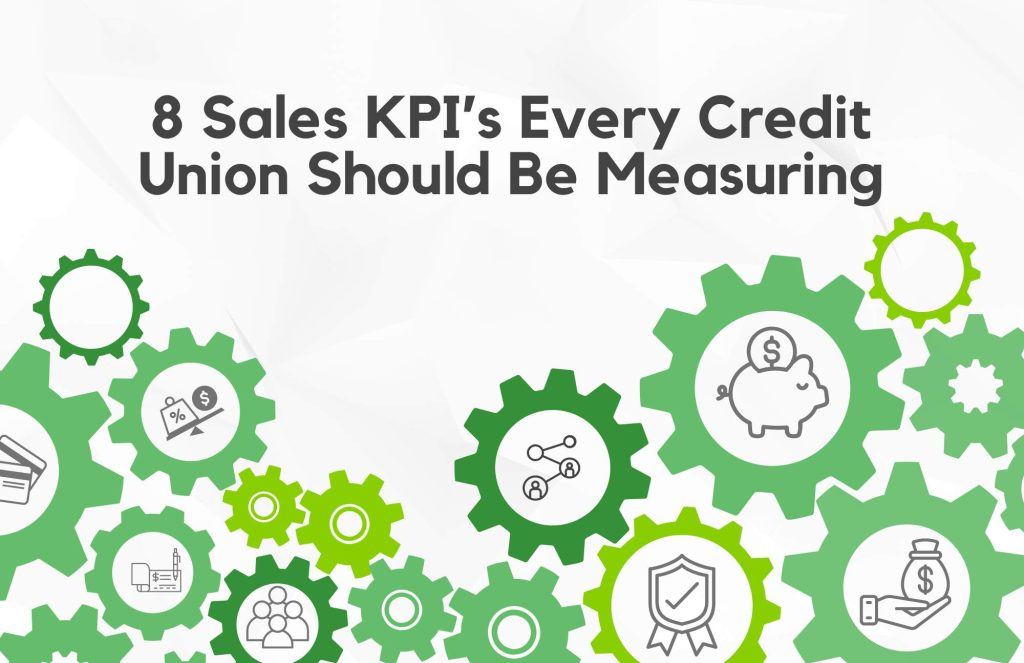****As seen in Credit Union Business Magazine in August 2019****
Do you remember the movie, The Abyss? This James Cameron thriller takes place in one of the deepest parts of the ocean, on the edge of an Abyss, a sheer drop-off that goes down for miles. I remember watching the movie as a kid and being absolutely terrified. Not only was it a jumpy film, but the dark, underwater setting set me on edge as I constantly found myself holding my breath for the actors.
At one point in the movie an underwater rover, which had become disabled, falls off the side of the cliff and begins sinking into the abyss. As it sinks into the darkness, the pressure of the water is too much, the glass enclosure implodes, and the character inside dies. It was at that moment I realized “Yeah, that is NOT how I want to die.”
You can click the following link to see the scene if you absolutely must: Lt. Coffey’s Death
Needless to say, I didn’t watch that movie again for many years. Even to this day, sinking into a black abyss is still one of my greatest fears, which is why I never swim in open water.
Undoubtedly we all have our various fears and phobias. Some fears are important and protect us; everything else is completely irrational. Like one young boy scout, I saw shivering on the bank of a lake where I was camping. He had all of his swimming gear on and I asked, “Why aren’t you getting in?” He said, “The rational side really wants to. The irrational side says the moment I step in the fish will attack me.” It’s those kinds of fears we need to challenge and conquer.
One fear that many of us face is the fear of rejection. This fear gets in the way of us being truly successful in sales because we connect a sales objection with being personally rejected. I can completely relate to that feeling. When you put yourself out there to discuss a product or service you feel will benefit your member, and they say no, it’s hard not to take it personally. But this is exactly what I am asking you to do.
Most sales objections are actually caused by one of four things:
- You have suggested a product or service which isn’t a good fit for the member
- Your timing just isn’t right
- You have focused on the wrong benefit
- You have failed to create enough value in the product or service
Understanding this, I hope you can see that objections are not rejections. They are rather a request for a different explanation, more education, or a different spin on the solution. In fact, I would say that behind every sales objection is a potential sale. So, we shouldn’t fear them, and we shouldn’t abandon ourselves to the preverbal abyss when the member says “no.” In fact, most sales objections can actually be overcome, or better yet, managed.
What is the difference between overcoming an objection and managing an objection? Overcoming an objection happens after the member has said no. Managing an objection is the process of selling in a way that does not elicit objections, or which resolves them before the member has an opportunity to object.

For some, managing objections may sound like a foreign concept. It generally seems like a foreign concept because the individuals have been taught to sell with the, “just ask for the business” approach. Here is how that approach sounds when selling a credit card:
“So we are running a really great credit card offer this month. We are giving our members 500 rewards points just for setting up a new card and making a purchase within 30 days.
Is that something you’d be interested in opening up?”
There are two fundamental flaws with the “just ask for the business” approach. First, it ignores the member’s individual needs. And second, it asks the member to make a buying decision before he or she is ready. That is why, more times than not, this approach results in a sales objection from the member. Those who use this approach have one of two choices, spend the bulk of their time overcoming objections, or simply move forward. However, the majority of people choose to completely avoid selling altogether.
An approach that manages objections is much more effective. In other words, success is more likely to be found with an approach that taps into the natural processes people go through before making a buying decision. Salespeople who use this approach do a few critical things differently.
First, they create a natural conversation that transitions into a sales discussion.
Second, they don’t begin by talking about the product or service. Rather they spend time asking questions to get the member talking so they can learn more.
Third, when they do begin talking about a solution, they do not focus attention on the product and its features. Rather the majority of what they say about the product is focused on the outcome and benefits of using it.
Fourth, rather than asking the member to make a final buying decision, which is a very large commitment, they help the member through a series of small commitments. This gradual process leads the member step by step to a final conclusion to which he or she is then ready to commit.
Some products and services come with a specific set of predictable objections, and even when the best sales approach is used, the member will often still object. For example, here are a few products paired with its universal objection as the member would say it:
- Transferring a Checking Account: “That just seems like a lot of work and a hassle to move my checking account to your credit union.”
- Credit Card: “I already have too many credit cards. I don’t need another one.”
- Debt Protection: “Wow, that is too expensive. I really don’t need that on my loan.”
- Overdraft Protection: “No thank you. I don’t overdraw my checking account.”
When selling a product or service which has a predictable objection, an added step should be included. This extra step actually addresses the objection head-on before the member states it verbally. It sounds something like this:
“Now, transferring a checking account can seem like a hassle and a lot of work.
Many of my members have this concern until they learn…”
This approach acknowledges what the member is likely thinking and shows the salesperson’s competence and trustworthiness. It also gives the salesperson more time to educate and show the member how moving a checking account isn’t that difficult at all.
Even while using the very best sales approach, salespeople will still get sales objections. So, it is important to know how to address and overcome them as they come up. However, using these steps to manage objections will go a long way to limiting the number of objections that do come up.
There simply isn’t a sure-fire technique that is objection-free. If there were, we’d all be in sales and we’d all be billionaires. However, the right perspective, mindset, approach, and sales process will certainly reduce the number of objections you get. And if you truly believe the products or services you are offering your member will benefit their financial lives, fewer objections will mean more members who are getting the most value from their credit union membership.
What could sales training do for your credit union?






